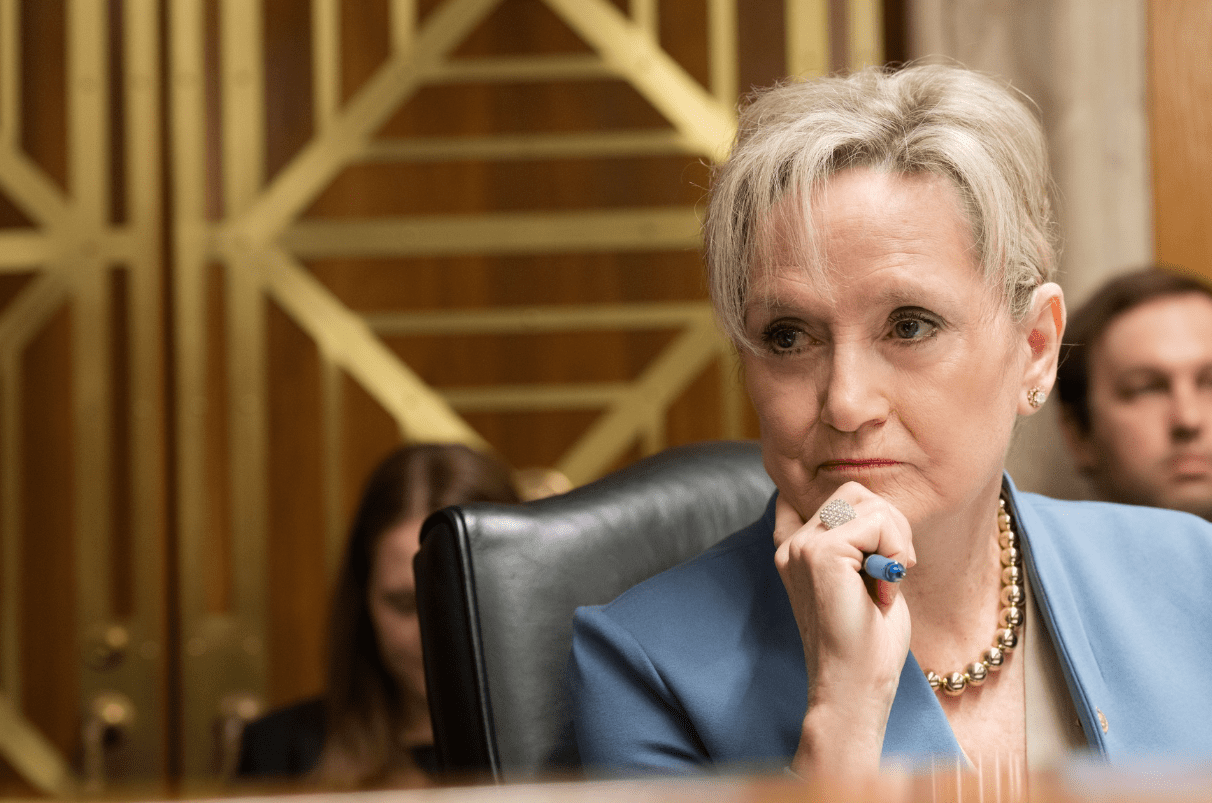
You probably missed the Mississippi Legislature’s PEER Committee report on the Mississippi Public Employees’ Retirement System (PERS). Most of these annual discourses have been worth missing. But PEER’s FY 2022 report issued May 18th was a little more bold than usual.
“Based on the results of the evaluation metrics in the funding policy as of June 30, 2022, all three of the plan’s metrics are at red signal-light status,” stated the report.
Sounds bad. It is. But, as it has over many years, PEER concludes everything at PERS will be hunky dory if they just raise the employer contribution rate.
“Based on these results, and the negative investment experience of the plan for FY 2022, the plan’s actuary recommended increasing the plan’s employer contribution rate from 17.4% to 22.4%,” reads the report. It then projected the three signal lights would be green in FY 2047 if rates are increased.
Think about that, then consider the following.
In 2019, the PEER review of PERS said a rate increase to 17.4% would yield a future funding ratio of 95.8% by 2047. In 2013, the PEER review of PERS said a rate increase to 15.75% would yield an 80% funding level by 2042. None of those worked, nor did other rate increases over the years from 9.75% to 14.26%.
In all its reports, PEER has relied upon PERS, its actuaries, and its consultants for the findings reported. None looked beyond at independent reviews, such as the one orchestrated by Gov. Haley Barbour in 2011. His PERS Study Commission recommended substantive changes to PERS to get its financial house in order. PERS, PEER, the Legislature, and top state officials virtually ignored that study. (Read study recommendations and responses on pages 80-97 at http://www.peer.ms.gov/Reports/reports/rpt564.pdf )
However, in January, PERS board member State Treasurer David McRae voted against the increase, saying, “I have a lot of problems raising it to 22.4%.” Then, after many local officials objected to the rate increase, several legislators proposed stripping PERS of its power to raise rates. The bill died, but PERS agreed to delay the rate hike until July 1, 2024, to give legislators time to consider changes outside an election year.
In a letter to the Legislature, PERS Executive Director Ron Higgins said PERS would provide recommendations on how to deal with some of the funding issues. They will have to be far more substantive than what PEER has said.
As found by the Barbour commission, PERS became structurally unsound in 2002 when the Legislature completed raising benefits without providing a funding mechanism. Incorrect estimates of retiree numbers, active employees, salary increases, inflation, and the fixed COLA have conflated the problem. The funding gap has now exceeded $20 billion. Simply pecking at it with rate increases won’t fix it.
“Stand firm then, with the belt of truth buckled around your waist” – Ephesians 6:14.









